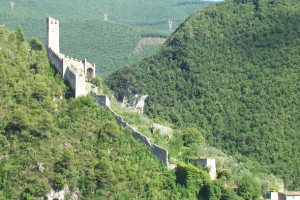
Ferentillo
The Nera River Valley is a narrow canyon until Ferentillo, where the valley floor widens out into a plain. The town is formed by two sections – Matterella and Precetto – perched on the rough slopes of the Monte Gabbio and Monte Sant’Angelo mountains over the Nera valley, once surveillance and defensive outposts. For those …
READ MORE
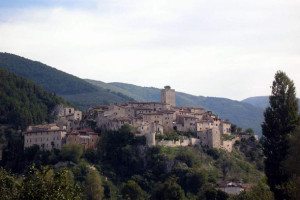
Arrone
In a strategic position along the route between Umbria and Rieti on the left bank of the Nera River, Arrone is formed by two sections. The older of the two, called “La Terra”, is located in corrispondence with the 11th century feudal castle of the Arroni. Visitors can see the bell tower, the Torre “degli Olivi”, the …
READ MORE
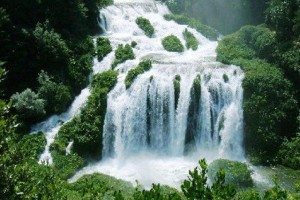
Cascata delle Marmore
These waterfalls can be a fun side trip along the route. A spectacular natural show, the falls are actually the work of man. The Roman Consul Curio Dentato oversaw their construction in 271 B.C. to drain the Reatina plain, building a canal more than two kilometers long leading to the cliff at Marmore. A visit …
READ MORE
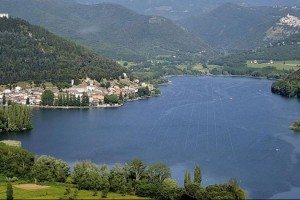
Piediluco
The name of this Medieval village derives from the Latin lucus, or sacred grove, which suggests that the origins of the settlement predate the Middle Ages. Between the 1700s and 1800s, the lake and village, together with the picturesque Marmore Waterfalls, was a main stop on the Grand Tour which Europen writers and artists would …
READ MORE
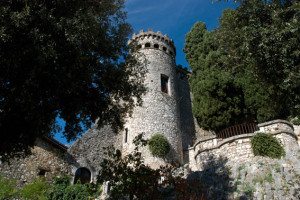
Labro
There are few inhabitants left in this tiny village, charming with its perfectly conserved Medieval layout. Visitors can view the Palazzo Nobili Vitelleschi (not always open) and the Chiesa di Santa Maria, built in 1508.The Cappella del Rosario is the oldest part of the church, with its portal from 1494 decorated in relief with startling …
READ MORE
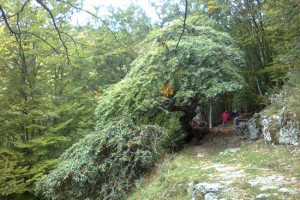
Il Faggio di San Francesco
In some instances, popular tradition carries as much weight as documented history. This is the case of the majestic beech tree along the route of the Way between Poggio Bustone and Piediluco. According to legend, Francis was caught in a sudden thunderstorm and, taking refuge under a beech, found that the tree miraculously encircled him …
READ MORE
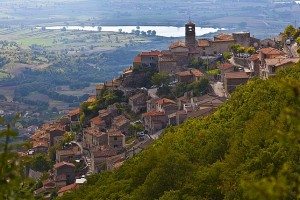
Poggio Bustone
« Good day, good people! ». Thus Francis greeted the townspeople of Poggio Bustone when, for the first time, he reached the village on the slopes of the Apennines. Poggio Bustone (756 mamsl) is a town of Medieval origins, and boasts a marvelous view over the Valle Santa di Rieti and its sanctuaries. It is also known …
READ MORE
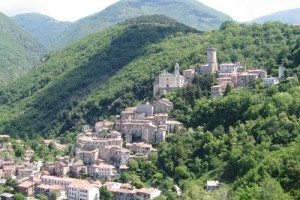
Cantalice
Cantalice (660 mamsl) is set on a hill facing the Rieti plain and its three lakes. The town is divided into two parts: Cantalice Superiore, the Medieval quarter, and Cantalice Inferiore, the modern section. Tumbling down a steep rock face, the center is divided in two by a staircase which runs from the church dedicated …
READ MORE
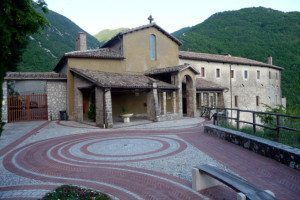
Santuario di Poggio Bustone
The Santuario di Poggio Bustone once belonged to the Benedictine abbey of Farfa, which donated it to Francis in 1217. The church and convent are dedicated to Saint James, apostle and patron saint of pilgrims. There are no major artworks in the convent , but the the simple cloister and humble architecture reflect the virtues …
READ MORE
© FRANCESCO'S WAYS | Privacy Policy | Crediti
